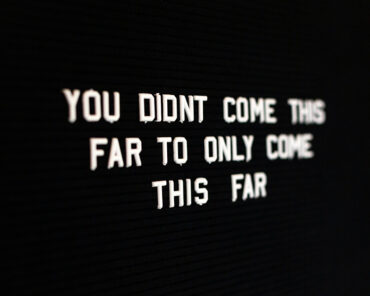By Bryan Smeltzer
Integrating #ArtificialIntelligence into Your Ideation Process
In today’s fast-paced world, innovation is the lifeblood of success for businesses and individuals. Whether you’re an entrepreneur looking to launch a startup or a creative professional seeking fresh ideas, integrating artificial intelligence (AI) into your ideation process can be a game-changer. In this blog post, we’ll explore practical strategies for infusing AI into your ideation journey and actionable tips to maximize its potential. Let’s dive in!
Understanding AI in Ideation
Before delving into the specifics, let’s clarify what we mean by integrating AI into the ideation process. AI is the simulation of human intelligence in machines, primarily through algorithms and data processing. When applied to ideation, AI can analyze vast amounts of data, identify patterns, and generate insights to fuel creative thinking and problem-solving.
Harnessing AI Tools
One of the most accessible ways to incorporate AI into your ideation process is by leveraging AI-powered tools and platforms. These tools can streamline various aspects of idea generation and provide valuable insights to inform your decisions.
- Idea Generation Platforms: IdeaScale and BrightIdea utilize AI algorithms to crowdsource ideas, prioritize them, and provide actionable feedback.
- Trend Analysis Tools: AI-powered trend analysis tools such as Google Trends and Trendwatching can help you identify emerging trends in your industry or niche, guiding your ideation process towards opportunities for innovation.
- Natural Language Processing (NLP): NLP tools like GPT-3 can assist in generating creative content, refining concepts, and even automating certain parts of the ideation process by understanding and generating human-like text.
Embracing Data-Driven Approaches
AI thrives on data, and integrating data-driven approaches into your ideation process can lead to more informed and impactful ideas.
- Market Research: AI can analyze market data, consumer feedback, and competitor information to uncover insights and identify gaps or opportunities for innovation.
- Predictive Analytics: By leveraging predictive analytics models, AI can forecast future trends and consumer behavior, enabling you to anticipate market demands and tailor your ideation efforts accordingly.
- Feedback Loops: Implementing AI-driven feedback loops allows you to continuously iterate and improve your ideas based on real-time data and user interactions, fostering a culture of innovation and adaptation.
Collaborating with AI
In addition to using AI as a tool, consider embracing AI as a creative partner in your ideation process.
- AI-Powered Brainstorming: Utilize AI chatbots or virtual assistants to facilitate brainstorming sessions, prompt participants with relevant questions, and generate new perspectives.
- Generative Design: Explore generative design techniques where AI algorithms generate multiple design options based on specified parameters, enabling rapid exploration of diverse ideas and concepts.
- Co-Creation: Collaborate with AI systems, combining human creativity with AI’s analytical power to co-create innovative solutions that address complex challenges.
Conclusion
Integrating artificial intelligence into your ideation process holds immense potential to drive innovation, creativity, and success. By harnessing AI tools, embracing data-driven approaches, and collaborating with AI as a creative partner, you can unlock new possibilities and elevate your ideation journey to new heights.
Remember, the goal is not to replace human creativity with AI but to augment and enhance it. Experiment with different AI techniques, stay open to new ideas and embrace the transformative power of AI in shaping the future of innovation. Let’s look to build a future where human ingenuity and artificial intelligence converge to create extraordinary solutions that propel us toward a brighter tomorrow.
#AI #Ideation #Innovation #Creativity #FutureOfWork #LiquidMindsite



